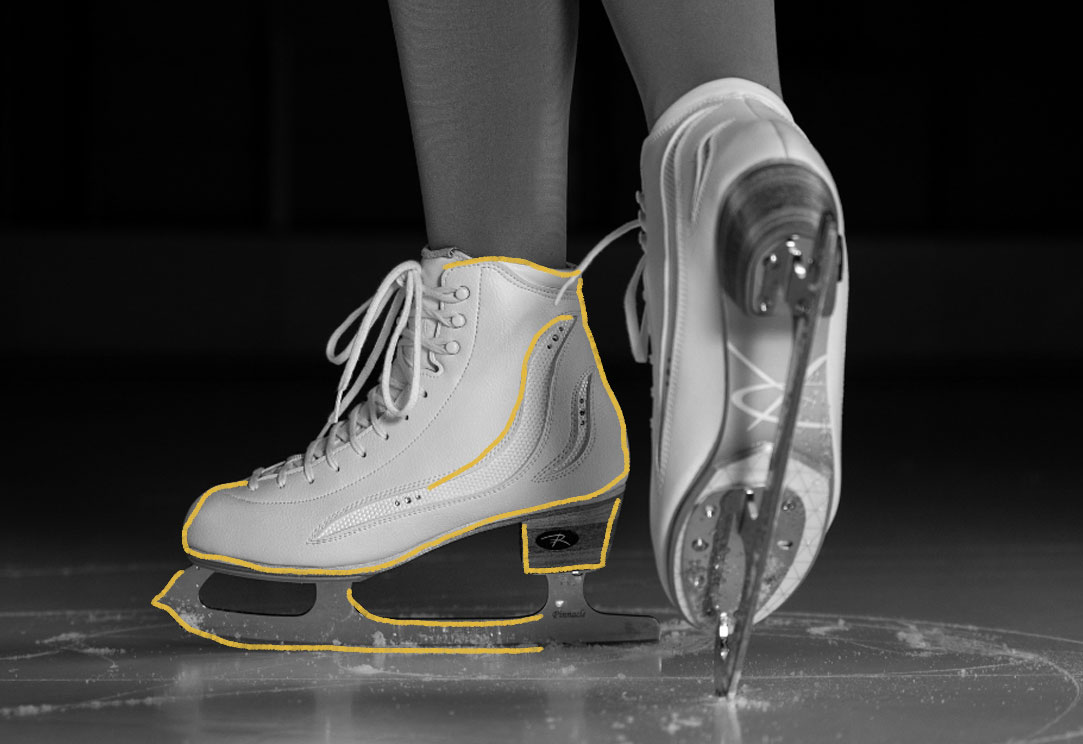Ice skates date back to around 3,000 years ago, when humans began to construct skates using animal bones — more specifically, the shin bones of cattle and horses. Their main purpose was to make traveling in icy winter conditions easier and faster. These early bone skates have been found by archeologists across Hungary, Scandinavia, Germany, and other regions that are flat and wet. Notably, bone skates were inexpensive and relatively easy to construct, making them accessible to the average person. While all ice skates work the same way (as the blade travels over the ice, it melts a thin layer, allowing the skater to glide on the resulting water), modern skates travel only forwards and backwards — in contrast, bone skates laid flat and could glide in all directions. People used bone skates to get around until metal blades were introduced in the 13th century. Made from iron embedded in wood, they nearly doubled the speed that skaters could achieve, leaping from about 2.5 miles per hour to 4 miles per hour. In the 15th century, the introduction of sturdier bindings helped increase that speed again, bumping up the average speed of ice skaters to around 6 miles per hour. Interestingly, records and paintings from the 14th and 15th centuries show adults and children partaking in ice skating as a leisure activity — not just a mode of travel. During the 15th century in the Netherlands, ice skating became the most common way to travel in the winter, as skaters could easily traverse the country’s network of frozen canals. As skating gained popularity, interest in improving the skates grew, as it would allow people to travel faster. Eventually, sports like figure skating, speed skating, and hockey were created and specialized skates were developed along with them. Figure skates gained toe picks to help athletes spin, while hockey skates gained double-edged blades for sharper stops. Notably, figure skates haven’t changed much in the last century, but hockey skates and speed skates have both seen recent design improvements. Today, ice skating is a popular winter pastime enjoyed by people of all ages as well as a key component of several winter sports, but few of us know the ancient origins of these seemingly simple items.

Your go-to guide for weird history facts
Subscribe to the FREE daily email that makes learning about history fun.


